FBLA HISTORY & TIMELINE
The concept for Future Business Leaders of America (FBLA) was developed in 1937 and the first high school chapter was chartered in Tennessee in 1942. In 1958, the first collegiate chapter of FBLA Collegiate was chartered in Iowa. The FBLA Middle School division was started in 1994 for students in grades 5-9. The Alumni & Professional Network, to be established in 2021, is rooted in the former Professional Division (originally the Alumni Division) which began in 1979.
1937—Hamden L. Forkner is the founder of FBLA. Professor Forkner developed the concept while at the Teachers College, Columbia University in New York City, and envisioned a national organization that would unite the thousands of business clubs in the nation’s high schools and colleges.
1940—The National Council for Business Education (now known as the National Business Education Association) sponsors the proposed student organization. Committees are appointed to formulate the organization’s general plans. The name “Future Business Leaders of America” is selected for the organization.
1942—An experimental chapter is chartered at Science Hill High School in Johnson City, Tennessee, on February 3. A second chapter is started two days later in St. Albans, West Virginia. The first collegiate chapter is chartered at the University of Northern Iowa on February 10. By the end of the year, 39 chapters are added. Over the next three and one-half years, another 38 chapters join.
1946—The United Business Education Association assumes sponsorship of FBLA. Headquarters office for FBLA is established at the National Education Association Center in Washington, D.C.
1947—Iowa becomes the first FBLA state chapter. Indiana and Ohio quickly follow. Within the next three years, FBLA state chapters total ten.
1958—The postsecondary division, FBLA Collegiate, is created.
1969—FBLA is granted independent status as a nonprofit educational student association under Internal Revenue Code 501(c)(3). FBLA acquires its own board of directors and full-time staff.
1973—FBLA appoints Edward D. Miller as the association’s first full-time executive director.
1979—The board of directors approves establishment of the FBLA Alumni Division.
1981—The Conrad N. Hilton Foundation purchases 1.6 acres of land in the Center for Educational Associations, Reston, Virginia, as the site for a future FBLA National Center.
1987—FBLA annual membership tops 200,000 for the first time.
1989—The Alumni Division is renamed as the Professional Division to include alumni and professional businesspersons.
1990—The groundbreaking ceremony is held for the FBLA National Center.
1991—The grand opening of the 11,600 square foot FBLA National Center is held.
1994—The FBLA–FBLA Middle School division is formed for students in grades 5–9.
1997—Edward D. Miller retires as president and chief executive officer of the national association. Jean Buckley is appointed president and chief executive officer.
2001—FBLA National Center mortgage is retired.
2016—FBLA celebrates 75 years.
2019—Jean Buckley retires as president and chief executive officer of the national association. Alexander T. Graham is appointed president and chief executive officer.
2020—FBLA was one of only a few CTSOs to adapt its National Leadership Conference to serve as an online event, due to the impact of the COVID-19 pandemic, to meet student members despite restrictions on in-person gatherings. More than 10,000 attendees convened for the virtual experience.
2021—Still in the midst of the global pandemic, FBLA hosted its National Leadership Conference online; yielding more than 12,000 student attendees. FBLA transitioned its Professional Division to an FBLA Network, in order to emphasize and support the student member experience at the core of its mission.

